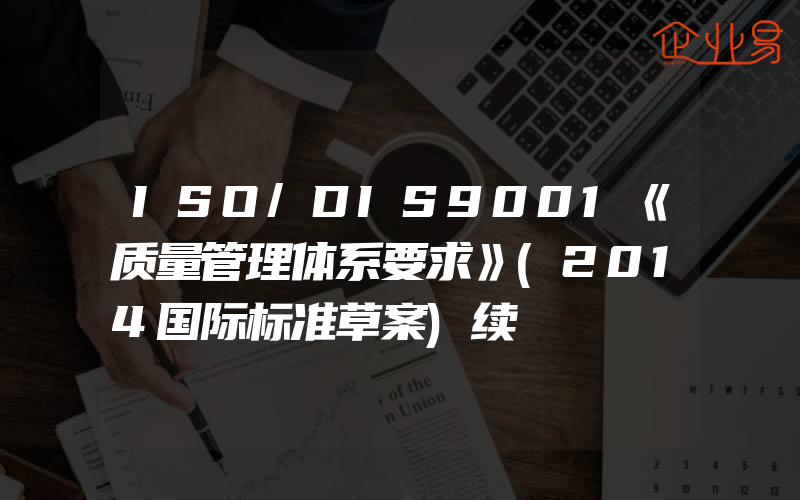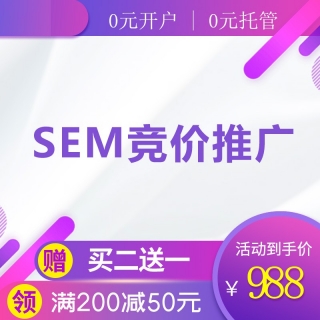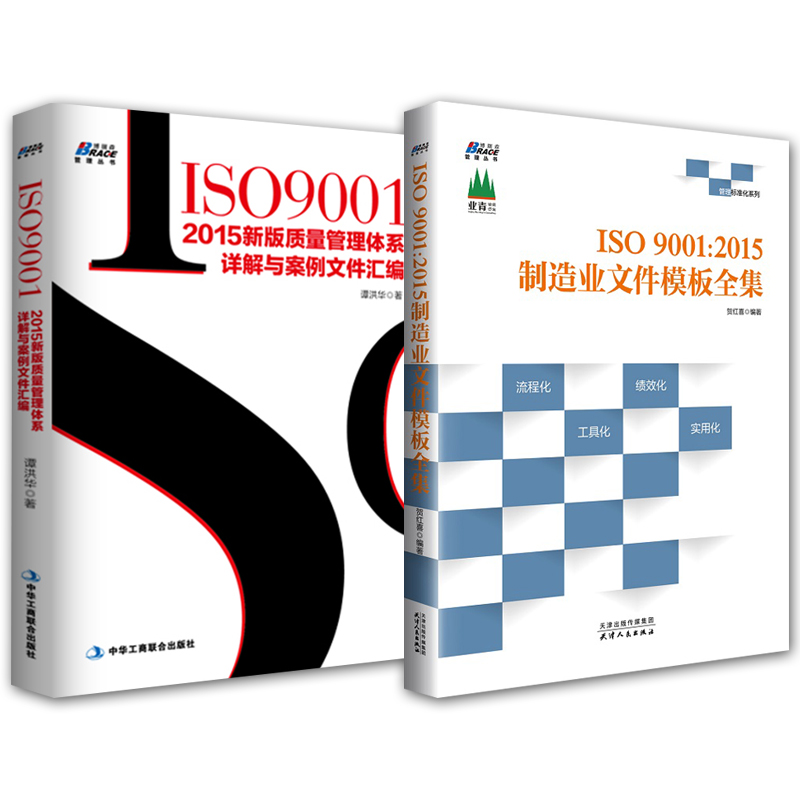ISO/DIS9001《质量管理体系 要求》(2014国际标准草案)续
2015.3.12修订
9 PerformanCE evaluation
绩效评价
9.1 Monitoring, measurement, analysis and evaluation
监视、测量、分析和评价
9.1.1 General
总则
The organization shall determine:
组织应明确:
a) what needs to be monitored and measured;
监视和测量对象
b) the methods for monitoring, measurement, analysis and evaluation, as applicable, to ensure valid results;
适用时,监视、测量、分析和评价方法,以确保结果有效
c) when the monitoring and measuring shall be performed;
明确监视和测量的时机
d) when the results from monitoring and measurement shall be analyzed and evaluated.
明确对监视和测量结果进行分析和评价的时机
The organization shall ensure that monitoring and measurement activities are implemented in accordance with the determined requirements and shall retain appropriate documented information as evidence of the results.
组织应确保监视和测量活动按照明确的要求执行,并应保留适当的作为结果的证据的记录信息。
The organization shall evaluate the quality performance and the effectiveness of the quality management system.
组织应评价质量绩效和质量管理体系的有效性。
9.1.2 Customer satisfaction
顾客满意
The organization shall monitor customer perceptions of the degree to which requirements have been met.
组织应监视顾客对其要求已得到满足的感知程度。
The organization shall obtain information relating to customer views and opinions of the organization and its products and services.
组织应获得有关顾客对组织以及产品和服务的看法和意见的信息。
The methods for obtaining and using this information shall be determined.
应明确获取和利用这些信息的方法
NOTE Information related to customer views can include customer satisfaction or opinion surveys, customer data on delivered products or services quality, market-share analysis, compliments, warranty claims and dealer reports.
注:有关顾客的看法信息能够包含:顾客满意度或意见调查、顾客关于交付的产品或服务质量的数据、市场份额分析、赞美、索赔和经销商报告。
9.1.3 Analysis and evaluation
分析和评价
The organization shall analyse and evaluate appropriate data and information arising from monitoring, measurement and other sources.
组织应分析和评价来自监视、测量以以及他来源的适当的数据和信息
The output of analysis and evaluation shall be used to:
分析和评价的输出应用于:
a) demonstrate conformity of products and services to requirements;
证实产品和服务符合要求
b) assess and enhance customer satisfaction;
评估和提高顾客满意度
c) ensure conformity and effectiveness of the quality management system;
确保质量管理体系的符合性和有效性
d) demonstrate that planning has been successfully implemented;
证实策划已得到成功实施
e) assess the performance of processes;
评价过程绩效
f) assess the performance of external provider(s);
评价外部供应商的绩效
g) determine the need or opportunities for improvements within the quality management system.
明确在质量管理体系内改进的需求和机会
The results of analysis and evaluation shall also be used to provide inputs to management review.
分析和评价的结果也应被用于提供管理评审的输入
9.2 Internal audit
内部审核
9.2.1 The organization shall conduct internal audits at planned intervals to provide information on whether the quality management system;
组织应按策划的时间间隔进行内部审核,以提供信息,关于质量管理体系是否:
a) conforms to:
符合
1) the organization’s own requirements for its quality management system;
组织自身对其质量管理体系的要求
2) the requirements of this International Standard;
本标准的要求
b) is effectively implemented and maintained.
得到有效的实施和保持
9.2.2 The organization shall:
组织应
a) plan, establish, implement and maintain an audit programme(s) including the frequency, methods, responsibilities, planning requirements and reporting, which shall take into consideration the quality objectives, the importance of the processes concerned, customer feedback, changes impacting on the organization, and the results of previous audits;
策划、建立、实施和保持1个或多个审核方案,包含审核的频次、方法、职责、策划要求和报告,审核方案应考虑质量目标、有关过程的重要性、顾客的反馈、影响组织的转变和以往审核的结果。
b) define the audit criteria and scope for each audit;
明确每次审核的准则和每次审核的范围
c) select auditors and conduct audits to ensure objectivity and the impartiality of the audit process;
选择审核员和实施审核以确保审核过程的客观性和公正性。 [ˌɪmˌpɑ:ʃɪ'ælətɪ]
d) ensure that the results of the audits are reported to relevant management;
确保审核结果向相关管理者报告
e) take necessary correction and corrective actions without undue delay;
及时采取必要的纠正和纠正措施
f) retain documented information as evidence of the implementation of the audit programmer and the audit results.
保持记录信息,作为审核方案实施和审核结果的证据
NOTE See ISO 19011 for guidance.
注:作为指南,参见ISO19011
9.3 Management review
管理评审
9.3.1 Top management shall review the organization's quality management system, at planned intervals, to ensure its continuing suitability [ˌsju:tə'bɪlətɪ], adequacy ['ædɪkwəsɪ], and effectiveness.
最高管理者应按策划的时间间隔评审组织的质量管理体系,确保其持续的适宜性、充分性和有效性。
The management review shall be planned and carried out taking into consideration:
管理评审策划和实施时应考虑:
a) the status of actions from previous management reviews;
以往管理评审的措施现状
b) changes in external and internal issues that are relevant to the quality management system including its strategic direction;
与质量管理体系包含其战略方向有关的内外部问题转变。
c) information on the quality performance, including trends and indicators for:
关于质量绩效的信息,包含以下方面的趋势和指标
1) nonconformities and corrective actions;
不符合和纠正措施
2) monitoring and measurement results;
监视和测量结果
3) audit results;
审核结果
4) customer satisfaction;
顾客满意度
5) issues concerning external providers and other relevant interested parties;
关于外部供应商以及他相关方的问题;
6) adequacy of resources required for maintaining an effective quality management system;
维持有效的质量管理体系所需的足够的资源
7) process performance and conformity of products and services;
过程绩效、产品和服务的符合性
d) the effectiveness of actions taken to address risks and opportunities (see clause 6.1);
应对风险和机会采取措施的有效性(见条款6.1)
e) new potential opportunities for continual improvement.
持续改进的新的潜在的机会
9.3.2 The outputs of the management review shall include decisions and actions related to:
管理评审输出应包含以下相关的决定和措施
a) continual improvement opportunities;
持续改进的机会
b) any need for changes to the quality management system, including resource needs.
对质量管理体系变更的任何需求,包含资源需求
The organization shall retain documented information as evidence of the results of management reviews.
组织应保持管理评审的结果的证据的记录信息
10 Improvement
改进
10.1 General
总则
The organization shall determine and select opportunities for improvement and implement necessary actions to meet customer requirements and enhance customer satisfaction.
组织应明确和选择改进的机会,并采取必要的措施,以满足顾客要求和增强顾客满意度。
This shall include, as appropriate:
适当时,应包含:
a) improving processes to prevent nonconformities;
改善过程来防止不合格;
b) improving products and services to meet known and predicted requirements;
改进产品和服务来满足已知和预期的要求
c) improving quality management system results.
改进质量观管理体系的结果
NOTE Improvement can be effected reactively (e.g. corrective action), incrementally (e.g. continual improvement), by STeP change (e.g. breakthrough), creatively (e.g. innovation) or by re-organization (e.g. transformation).
注:改进能够是事后实现(例纠正措施)、渐进型的(例,持续改进)、逐步改变(例,突破)、创造性(如创新)或重新组织(例如,转换)。
10.2 Nonconformity and corrective action
不合格和纠正措施
10.2.1 When a nonconformity occurs, including those arising from complaints, the organization shall:
当发生不合格时,包含什么引起的抱怨,组织应:
a) react to the nonconformity, and as applicable:
适用时,对不合格作出响应:
1) take action to control and correct it;
采取措施控制和纠正不合格;
2) deal with the consequences;
处理后果
b) evaluate the need for action to eliminate the cause(s) of the nonconformity, in order that it does not recur or occur elsewhere, by:
评价消除不合格原因的措施的需求,以便通过以下步骤不再发生和在其他区域发生:
1) reviewing the nonconformity;
评审不合格
2) determining the causes of the nonconformity;
明确不合格的原因
3) determining if similar nonconformities exist, or could potentially occur;
明确是否存在类似的不合格,或可能潜在发生;
c) implement any action needed;
实施所需的任何措施
d) review the effectiveness of any corrective action taken;
评审每1个采取纠正措施的有效性
e) make changes to the quality management system, if necessary.
假如必要时,对质量管理体系进行修改;
Corrective actions shall be appropriate to the effects of the nonconformities encountered.
纠正措施应与所发生的不合格的影响相适应;
NOTE 1 In some instances, it can be impossible to eliminate the cause of a nonconformity.
注1:在某些情况下,它能够是不可能消除不合格的原因。
NOTE 2 Corrective action can reduce the likelihood of recurrence[rɪˈkʌrəns] to an acceptable level.
注2:纠正措施能够减少重复发生的可能性到1个可接受的水平
10.2.2 The organization shall retain documented information as evidence of:
组织应保持作为证据的记录信息
a) the nature of the nonconformities and any subsequent actions taken;
不合格的性质以及随后所采取的任何措施;
b) the results of any corrective action.
任何纠正措施的结果
10.3 Continual improvement
持续改进
The organization shall continually improve the suitability, adequacy, and effectiveness of the quality management system.
组织应持续改进质量管理体系的适宜性、充分性和有效性。
The organization shall consider the outputs of analysis and evaluation, and the outputs from management review, to confirm if there are areas of underperformance or opportunities that shall be addressed as part of continual improvement.
组织应考虑分析和评价的输出,和管理评审的输出,以明确是否有应解决的表现不佳或机会的领域,作为持续改进的一部分。
Where applicable, the organization shall select and utilise applicable tools and methodologies for investigation of the causes of underperformance and for supporting continual improvement.
适用时,组织应选择和使用适用的工具和方法对表现不佳的原因调查和支持持续改进。
以上全部结束,请各位批评指正!
2015.1.21
 客服热线:
客服热线:












